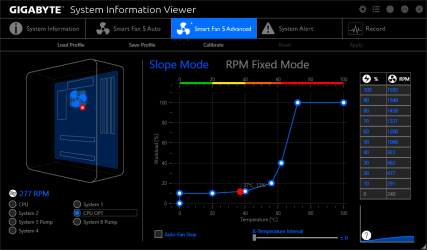- Joined
- Feb 1, 2019
- Messages
- 4,091 (1.73/day)
- Location
- UK, Midlands
| System Name | Main PC |
|---|---|
| Processor | 13700k |
| Motherboard | Asrock Z690 Steel Legend D4 - Bios 13.02 |
| Cooling | Noctua NH-D15S |
| Memory | 32 Gig 3200CL14 |
| Video Card(s) | 4080 RTX SUPER FE 16G |
| Storage | 1TB 980 PRO, 2TB SN850X, 2TB DC P4600, 1TB 860 EVO, 4TB WD SA510, 2x 3TB WD Red, 1x 4TB WD Red |
| Display(s) | LG 27GL850 |
| Case | Fractal Define R4 |
| Audio Device(s) | Soundblaster AE-9 |
| Power Supply | Antec HCG 750 Gold |
| Software | Windows 10 21H2 LTSC |
Fair enough, I assume my 5600G is only one CCD, idle power ironically is opposite for me, my AMD system is 95-99% idle or very low load.
Desktop varies, but I can for many days in a row just use it for work, browsing and media consumption all of which are low power, but then on days I game can be several hours of gaming.
Desktop varies, but I can for many days in a row just use it for work, browsing and media consumption all of which are low power, but then on days I game can be several hours of gaming.




